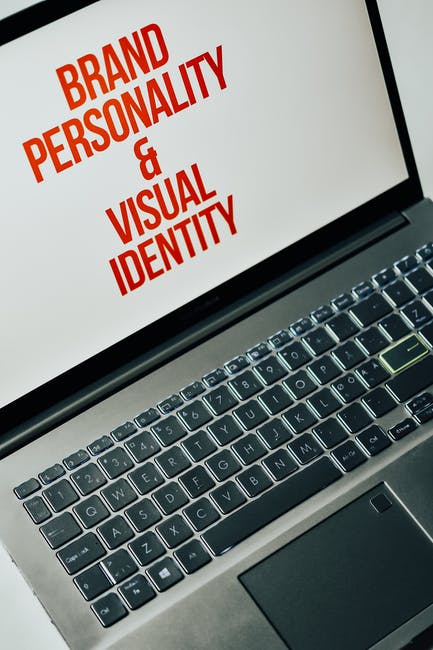When incidents occur, hospitals need to be able to document them quickly and accurately. Healthcare incident reporting software makes that process much more manageable.
It also helps healthcare facilities identify risk factors and correct them within their facilities. This reduces the likelihood of similar incidents occurring again.
Streamlined Reporting Process
A well-designed incident reporting process provides a factual description of adverse events or near misses that supports learning, safety, and improved care quality. Many healthcare organizations use electronic incident reporting systems to identify opportunities for improvement.
A streamlined reporting process is essential to manage healthcare incidents efficiently and provide managers with the tools to connect the dots across the organization and speak openly about the indicators they see. This process allows managers to prioritize interventions and make positive changes in their operations while ensuring patient safety and maintaining compliance with the law.
In addition, the healthcare incident reporting software makes writing and following up on these events easier, resulting in higher reporting rates.
An advanced healthcare incident management solution helps you quickly and easily produce current, accurate, and easily readable reports. You can even automate the report-creation process, which frees more time to analyze and act on the data.
Predictive Analytics
In healthcare, incident reports play a vital role in patient safety because they allow staff to report errors without the fear of retribution. They also enable organizations to identify trends and take action.
Many hospitals use their incident reporting systems as a foundation for their more significant patient safety initiatives, which often include Root Cause Analyses (RCAs). These assessments aim to uncover underlying processes or systems contributing to an event or near miss.
These root-cause analyses help hospitals identify what caused an error or adverse event and eliminate it by identifying, mitigating, and preventing similar problems in the future.
Incident reports can be used to track and trend data, which can help hospitals benchmark their performance against other facilities. They can also be incorporated into more comprehensive assessments that examine specific safety issues.
Improved Patient Safety
Patient safety incident reporting is one of the most effective ways to improve patient care. It complements a broader safety strategy, including trigger-based data surveillance, care audits, and error reporting.
Healthcare risk management systems have built-in workflow tools that offload some administrative burdens associated with patient safety event reporting. They also enable you to schedule medical record reviews based on patient type, care setting, procedures, and treatments.
Intuitive electronic forms and web-based access make it easy for users to report incidents. The system then moves the happenings through a workflow to ensure timely investigation, task assignment, notifications, and escalations.
Reduced Legal Risk
Healthcare incident reporting software helps reduce legal risk by creating a safety culture in your facility. Easy-to-use forms, clear instructions, and the option to register anonymously all improve employee awareness of potential risks and safety issues.
When a medical error or other event occurs, it should be reported immediately to help prevent further incidents and a related lawsuit.
Moreover, having incident and claims data in one integrated system gives hospital risk managers the necessary information. This helps reduce time spent chasing down data and allows risk managers to focus on more high-level work, like addressing claims directly with claimants.







